#house of callot soeurs
Text
Beautiful Evening Dresses from 1910s Edwardian Era


Evening/Dinner dress • 1908-10 | House of Worth • 1910s

1913


Callot Soeurs • 1916 | Callot Soeurs • 1910
#fashion history#callot soeurs#vintage designer fashion#1910s fashion#women's fashion history#extant garments#fashion history blog#house of worth#the resplendent outfit blog#edwardian fashion
55 notes
·
View notes
Text
The Tailor & The Seamstress - A Reading Aid
So here's some stuff I'm just putting up here as a kind of glossary/reading aid/moodboard collection for The Tailor & The Seamstress.
It's not an easy read in some ways, because it's set in 1910 and deals with some fashion terminology that can be opaque, so yeah. Just dropping this here.
Accents
Firstly, Remy and Anna do not speak in their accents, and that was deliberate. Working where and in what they do (i.e. haute couture in 1910's New York), having a Southern accent would have been very uncouth. For professional reasons they would have got rid of their accents, or polished them off, fairly quickly. But both of them actually filed off their Southern accents earlier in life, for entirely different reasons (which will become clear later on in the story).
The closest you'd probably get to what they sound like is probably the Transatlantic accent, which developed in the late 19th century in the acting industry and among the American upper class. (Thanks to @narwhallove for pointing this out!).
You can hear what this accent sounded like in 1930's and 40's Hollywood movies:
Dress Forms
There are a lot of dress forms floating around in this story. A dress form is very much like a mannequin, where a garment can be mounted on it to make working on it easier. The difference between a dress form and a mannequin is that a form can be adjusted to different sizes. Here's an example:

Nowadays, dress forms usually conform to modern standards of sizing, but back in the day, all dressmakers/fashion houses would have dress forms made according to the sizing of their target clientele, and adjustments would be made to individual customers when a dress was purchased.
The dress forms at the House of Burford, of course, are made to Anna's measurements. 😉
Maison Maillot
The idea of Remy working at a waning fashion house was inspired by the historical House of Worth, which was probably the world's first modern atelier. Established in 1858 by Charles Frederick Worth, it came to dress empresses, queens, actresses and singers. The business was later taken over by his sons, but the house's fortunes waned in the early 20th century. IMHO, you begin to see the decline in design quality by the 1920's. Worth was bought out by the House of Paquin in 1950, and closed in 1956. In 1999, it was revived.
Early Worth designs were so powerfully beautiful, and always innovative and at the cutting edge. In the story, the House of Maillot's heyday would have been the same - a tale of an exciting and forward-thinking atelier that dressed the best and brightest.


By the early 20th century, at the time of the story, they are still putting out beautifully breath-taking clothes - but decades of newer competition means that their work no longer stands out. By the 1910's, the House of Worth had been eclipsed by designers like Callot Soeurs, Paul Poiret, and Lucile (of Titanic fame), who were becoming the innovators in women's dress, and Worth tended to follow where others led. This is where Maison Maillot is at in the story; and their rival, the House of Burford, is one of those new and exciting innovators in fashion.

By the 1920's, fortunes have fallen, and the House of Worth was putting out stuff like this:

The Peacock and the Phoenix Dresses
The rival dresses don't have any analogue in real life, but here are the dresses that roughly inspired them.
A 1909 evening dress by Callot Soeurs:

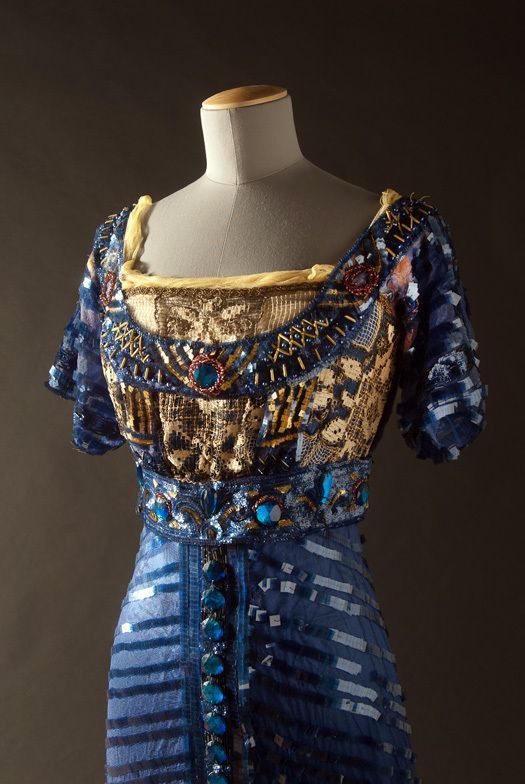
And a 1913-14 evening dress by an unknown artist:
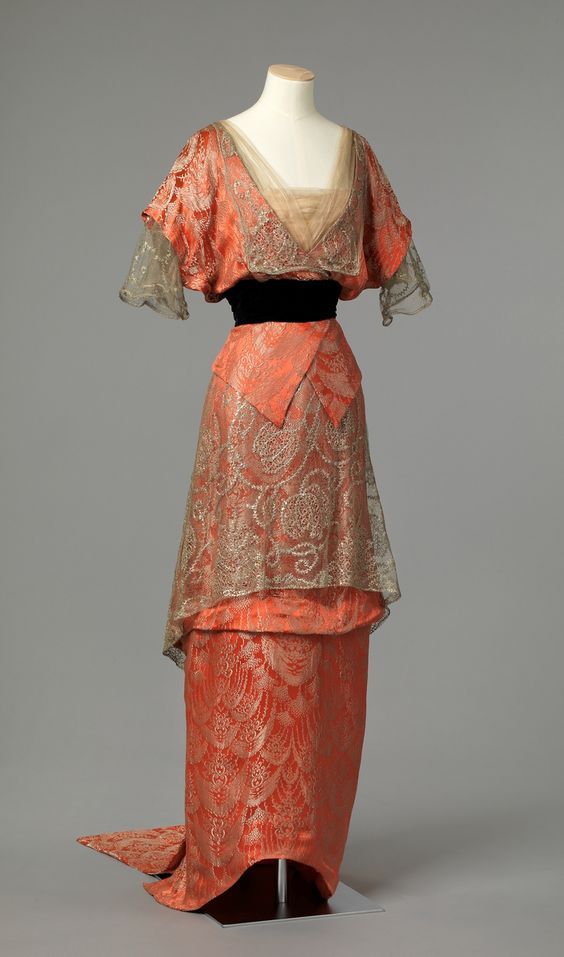

I like to think of Remy always being slightly (maybe a lot) more ahead of his time with his clothes than Anna is with hers. Remy is designing tubular dresses a few years before they started to become a fashionable silhouette. Ironically Maillot rejects them, but I find it kind of funny that by the end of the decade, he'll have been wishing his house had set the trend Remy had conceived of years before.
At SOME POINT I will draw how I envision the dresses to be. I HOPE.
If you want to see my moodboard for this story, you can catch it on Pinterest here.
#The Tailor & The Seamstress#fanfic#meta#reading aid#historical fashion#historial fiction#historical fic
29 notes
·
View notes
Text
Fashion Showdown: Orange (Match 8)


33 notes
·
View notes
Photo

1930 Ad for Elgin Parisienne Watches, designed by Paris design house Callot Soeurs. From Art Deco, FB.
38 notes
·
View notes
Text

House of Callot Soeurs, silk crepe chiffon evening gown, 1928
60 notes
·
View notes
Text

Evening dress from French design house Callot Soeurs cira 1926, featuring silk velvet, glass beading and metallic thread (Drexel University collection)
19 notes
·
View notes
Photo

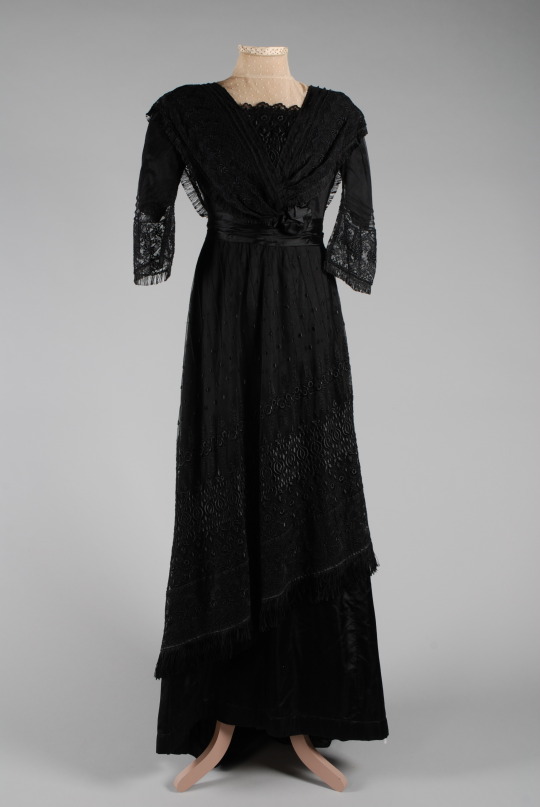
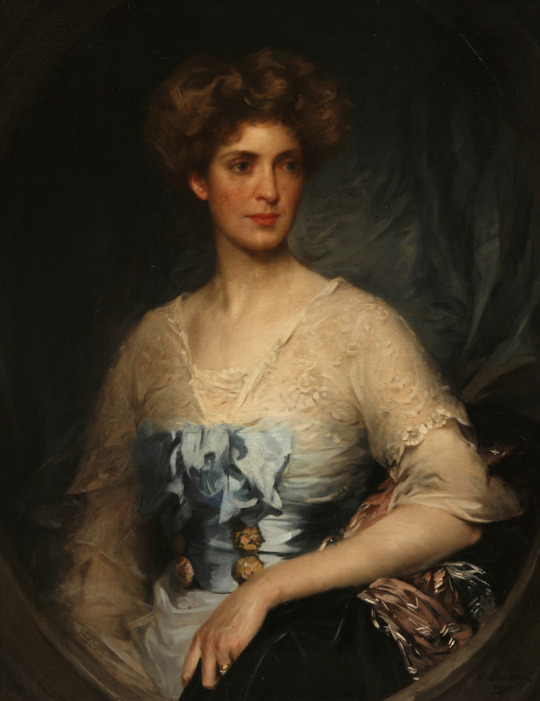
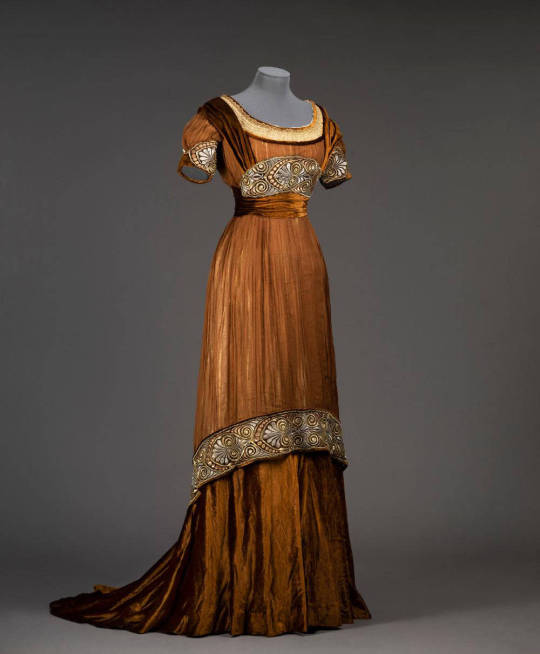


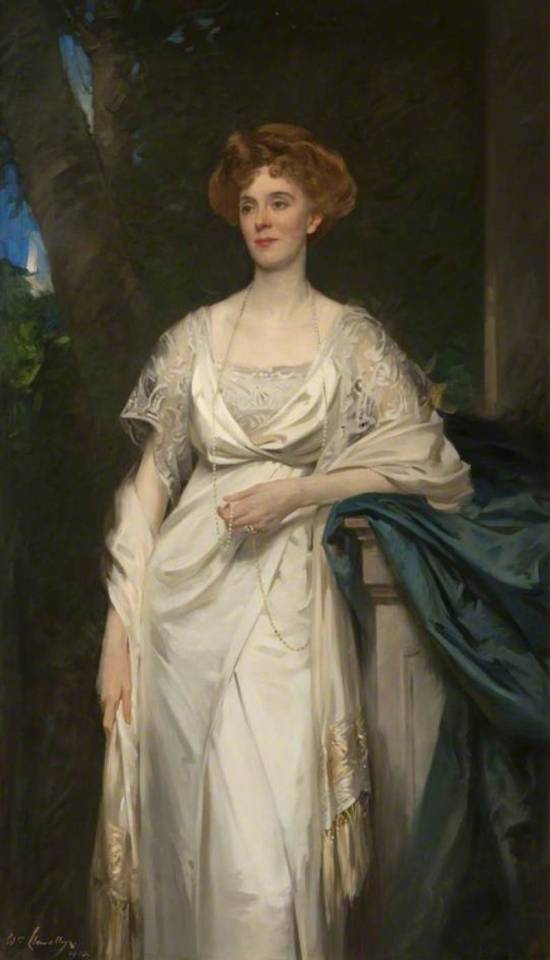
1910s Glamour -
Top left 1910 Callot Soeurs evening dress (Metropolitan). From tumblr.com/omgthatdress/701288285767696384/evening-dress-callot-soeurs-1910-the-metropolitan 1280X1809 @72 406kj.
Top right 1912 Wedding gown by “Maison Corsten, Rotterdam”. From tumblr.com/historical-fashion-devotee 2048X3059 @72 718kj.
Second row ca. 1910 Lady Edith Villiers (1878–1935), Wearing a Blue Satin Gown by Samuel Henry William Llewellyn (Mount Edgcumbe House - Cremyll, Torpoint, Cornwall UK). From Wikimedia 1000X1298 @3000 370kj.
Third row left 1913 Dress by Swedish designer Augusta Lundin (Göteborgs Stadsmuseum - Göteborg, Västra Götalands län, Sweden). From tumblr.com/threadtalk 1000X1211 @72 150kj.
Third row left 1913 (August) Les Modes Racing ensembles by Drecoll. From les-modes.tumblr.com/image/146257484044 1269X1920 @72 1.5Mj.
Fourth row 1913 Lady with a book by Jean Alexandre Coraboeuf (Musée des Beaux-Arts de Nantes - Nantes, Loire-Atlantique, Pays de la Loire, France). From tumblr.com/history-of-fashion 729X1000 @72 363kj.
Fifth row 1913 Gwendoline, 14th Countess of Lauderdale by Samuel Henry William Llewellyn (Thirlestane Castle - Lauder, Scottish Borders, UK). From artuk.org; enlarged to screen 802X1400 @72 206kj.
#1910s fashion#Edwardian fashion#Belle Époque fashion#Callot Soeurs#yoke bodice#quarter-length sleeves#over-skirt#close skirt#wedding dress#high neckline#elbow-length full sleeves#waist band#Edith Villiers#Samuel Henry William Llewellyn#under-dress#bateau neckline#lace bodice#V décolletage#bow#button#coat#Augusta Lundin#scoop neckline#Drecoll#wavy hair#lace hat#feathered hat#lace over-dress#elbow-length close sleeves#close skirts
18 notes
·
View notes
Quote
'I say, when you come to us, you couldn't possibly wear that ripping white trailing dress, could you?'
'The Callot or the Schiaparelli?' asked Mrs. Dean, interested. .... 'Oh, that tea-gown. It was very sweet of you to like it, Richard, but I must dress up a little more when I am having my first dinner with your parents.'
This exchange is a hoot for a few reasons. First, that the young man Richard describes the dress as “ripping” by which he means wonderful; second, that he doesn’t know that a tea-gown which was a casual form of dress reserved to be worn around the house even if in the presence of family friends; and third, that Mrs. Dean is so well-off that she has to think, hmmmm... which white trailing haute couture dress does he mean? Ah, to have such a puzzle to solve. Apparently, she has one by Callot Soeurs, a Parisian house which shut one year after this book, August Folly, was published in 1936. And she has another one by Elsa Schiaparelli, the Italian designer, who also set up shop in Paris.
Poor Richard has a terrible crush on the older, married Mrs. Dean, one of the common sub-plots of Angela Thirkell’s novels. The older woman always thinks the young man is a bit of a goose, and nothing comes of it. Thirkell wrote novels set in the English countryside among people with plenty of money and fashion shows up in numerous ways in their pages.
Virago Books has republished them and you can find them here: https://www.virago.co.uk/contributor/angela-thirkell/
#teagown#vintageteagown#callotsoeurs#schiaparelli#angelathirkell#augustfolly#1930sfashions#fashioninfiction#costumehistory#dresshistory#fashion history#viragobooks
8 notes
·
View notes
Photo

The latest chapter, “Twelve Days of Christmas Eve” references a few different historical years and events. One is 1912 New York. I couldn’t find an official document talking about a Christmas event at the Waldorf Astoria that year, but I’d be shocked if one didn’t take place. I chose 1912 specifically because it’s the year the Titanic sank, and the Waldorf Astoria was partially designed by John Jacob Astor IV, the richest man on the Titanic. He went down with the ship, so he never made it to Christmas of 1912, but I imagine that year would have been a significant one for the hotel due to his death. Image 1: 1912-1914 Evening Dress designed by Herbert Luey (https://www.metmuseum.org/art/collection/search/158208) Image 2: Evening Dress, 1912, unknown designer (https://shewhoworshipscarlin.tumblr.com/image/112857904285) Image 3: Woman’s Dress and Train, circa 1912 designed by the Callot Soeurs fashion house (https://collections.lacma.org/node/230937) Image 4: 1910-1914 Evening Dress designed by the Callot Soeurs fashion house (https://www.metmuseum.org/art/collection/search/81139) Image 5: 1912 tuxedo and full dress, unknown artist (https://vintagedancer.com/1900s/edwardian-titanic-mens-formal/) Image 6: The Astoria restaurant inside the Waldorf Astoria Hotel, photographed in 1904 (https://clickamericana.com/eras/1900s/take-a-trip-back-to-new-yorks-original-waldorf-astoria-hotel) https://www.instagram.com/p/CmdQUfMLSzs/?igshid=NGJjMDIxMWI=
3 notes
·
View notes
Text
Robe de style

A style of dress popular in the 1920s as an alternative to the straight-cut chemise dress. The style was characterized by its full skirts. The bodice could be fitted, or straight cut in the chemise manner, with a dropped waist, but it was the full skirt that denoted the robe de style. Sometimes the fullness was supported with petticoats, panniers, or hoops. The robe de style was a signature design of the couturier Jeanne Lanvin. Other couture houses known for their versions of the robe de style included Boué Soeurs, Callot Soeurs, Doeuillet and Lucile.
3 notes
·
View notes
Text
Callot Soeurs (Callot sisters) was a leading Paris fashion design house from 1895 through the 1920s. The fashion house was operated by the sisters Regina, Marie, Marthe and Joséphine Callot.
They were taught by their mother, a lacemaker. The eldest sister, Marie was a trained dressmaker. The sisters started out embellishing lingerie and blouses with antique ribbon and lace. The enterprise quickly took a turn for success as the sisters began creating their own dress designs.


Right: the Callot Seeurs label
Left: The sales room of the haute couture house Callot Soeurs, c. 1910.
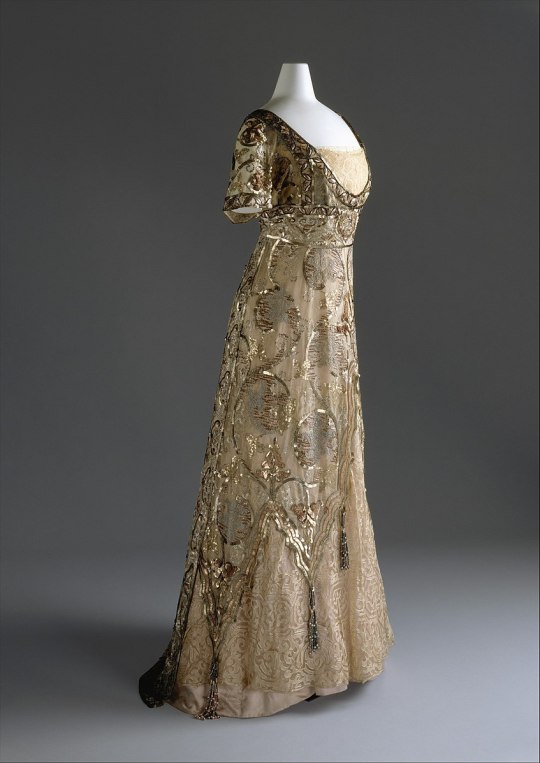
Evening dress from 1900-14, designed by Callot Soeurs • Silk, cotton, metal


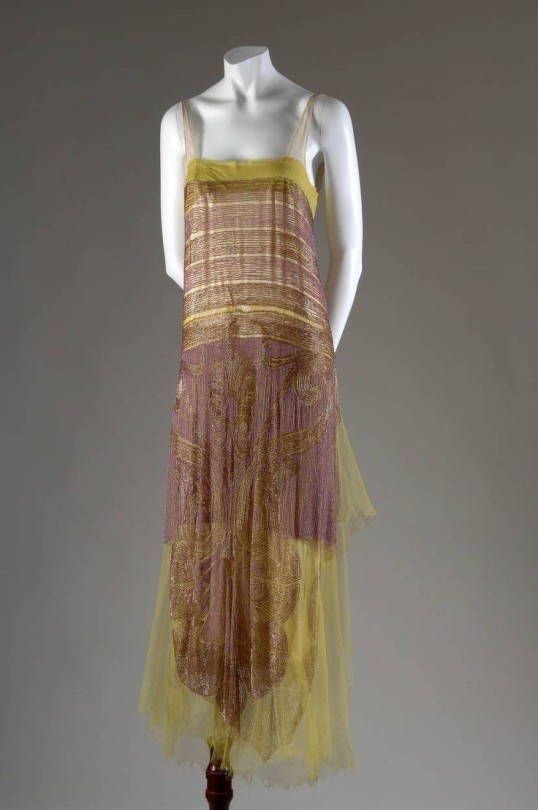
Callot Soeurs dress • 1910s

Day dress with collarless tunic • c. 1924
#haute couture#1920s fashion#callot soeurs fashion house#french fashion house#callot sisters#fashion history#1910s fashion#women's fashion history#20's evening dresses#callot soeurs accessories#the resplendent outfit blog#1920s day dress#early 1900s evening dress#fashion/art blog
17 notes
·
View notes
Text
Women of Woe
The Museum at Fashion Institute of Technology has been showcasing their “Designing Women” gallery. An exhibition that showcases women fashion creators and their interiors,.

A look at the brochure and entrance poster of the gallery.
Taking a look at the victorian and grunge style of some of the pieces, I was inspired to relate some of the pieces that caught my eye with the newly released Netflix show, Wednesday.
A word that came out a lot in the show, especially in the titles of each episode, was "woe." These few specific pieces that will be introduced reminded me of Wednesday's style in the show. With her all-black outfits showcased in the show, Wednesday had an edgy victorian style.
The moment you walk into the gallery, you are greeted with three beautiful pieces. But, let's focus on the two pieces that were attributed to Pauline Fairfox.

Black silk taffeta (left), Cocktail Dress (right)
Pauline Fairfax was the highest paid female fashion designer in America during her time. Pauline had a small New York apartment. Small yet chic. She had portraits of herself wearing her own designs in her apartment.

A part of Pauline Fairfax's home
Another piece that caught my eye was Jeanne Paquin's "Afternoon dress." Made of black cotton net, silk taffeta, grosgrain, and lace, this dress is enthralling. Not only is it a gorgeous piece, but it greatly reminded me of Wednesday's dress in the show. The dress that Wednesday wore to her school dance has a very similar look and style. Both of these dresses have a classy victorian look to them.

Jeanne Paquin's Afternoon dress

Wednesday's dance dress
For comparison, the image on top is Jeanne Paquin's Afternoon dress and the image on the bottom is Wednesday's dance dress.
Jeanne Paquin was a powerful figure that paved the way for many future female designers. Part of her success was due to her innovative designs that embodied the Belle Époque era. Jeanne had a couture house that was an elegant take on the rococo revival style. She also had a house in London of the same style.

A look at some of the interior at Jeanne Paquin's couture house
Similarly, another piece showcased in the exhibit is the Callot Soeurs' "Evening dress." With a similar concept as Jeanne Paquin's Afternoon dress, the Callot sister's Evening dress was made with black silk lace, white taffeta, sequin embroidery, and rhinestones.
Callot Souers' Evening dress
This dress has a similar lace neckline as Jeanne Paquin and Wednesday's dress. Though, this specific dress stands out by having majority of the dress have a cream colored fabric peeking out. Still, this piece holds the victorian style as the others.
The Callot sisters had a couture house that was decorated in the neo-rococo style, during the Belle Époque era.

The Callot sisters' couture house interior
With this, the Designing Women exhibit at FIT was a very captivating one. Not only did this exhibit showcase clothing or accessories, but inside looks at these inspirational female designers' homes. It was an interesting way of getting to know these powerful figures' lives. This exhibit also allowed me to understand that being a designer does not just mean that they design articles of clothing. Being a designer reflects on their homes as well.
Lastly, acknowledgments to those involved in creating this amazing exhibit.

#fashion blog#interiors#wednsday addams#victorian#belle epoque#fashion institute of technology#museum
1 note
·
View note
Text
Fashion Showdown: Orange FINALE (Match 24)


16 notes
·
View notes
Photo

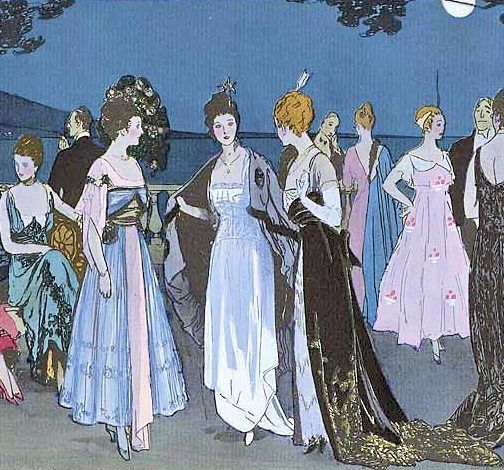

Louis Strimpl, detail, La Cote d'Azur ou Une fête sur la terrasse (The Cote d'Azur or A party on the terrace), La Gazette du Bon Ton, Summer 1915.
Louis Strimpl Illustrating design by Georges Dœuillet, House of Beer, Madeleine Chéruit, House of Callot Soeurs, Mme. Jeanne Paquin, House of Worth, Jeanne Lanvin, Jacques Doucet, Martial & Armand, Jenny Sacerdote, known as Madame Jenny and House of Premet.
#louis strimpl#1915#cote d'azur#detail#La Gazette du Bon Ton#gazette du bon ton#summer 1915#summer fashion#1910s summer#1910s summer fashion#strimpl#georges dœuillet#house of beer#madeleine chéruit#house of callot soeurs#callot soeurs#jeanne paquin#house of worth#jeanne lanvin#jacques doucet#martial & armand#jenny sacerdote#madame jenny#house of premet#1910s fashion#1910s fashion illustration#illustration#fashion illustration#vintage illustration#vintage fashion illustration
674 notes
·
View notes
Text


Cordelia Carstairs and Lucie Herondale ✨🗡📖
#shadowhunters#chain of iron#cordelia carstairs#lucie herondale#the last hours#chain of gold#cortana#cassandra clare#coi#house of worth#edwardian#callot soeurs#fanart
90 notes
·
View notes
Photo










Boldini e la moda
a cura di Barbara Guidi
Saggi di Barbara Guidi, Benedetta Craveri, Caroline Corbeau-Parsons, Richard Brilliant, Philippe Thiébaut, Virginia Hill, Michele Majer, Marie Sophie Carron de la Carrière
Fondazione Ferrara Arte Editore, Ferrara 2019, 296 pagine illustrate, ISBN: 978–88–89793–43–5
euro 90,00 esaurito presso l’editore
email if you want to buy [email protected]
«Pittore della donna moderna» e delle più esuberanti eleganze parigine. Così, nel 1909, la rivista di moda «Femina» definiva Boldini. L’appellativo riecheggiava le virtù dell’artista della vita moderna, colui che, sapendo catturare il fascino fugace e passeggero segnato anche dalla moda e dal suo incessante rinnovarsi, era in grado di fissare nelle sue tele lo spirito della propria epoca. Quell’epoca di eleganza, di profumi intensi e persistenti, sfarzosi gioielli e gesti affettati, Boldini seppe coglierla meglio di chiunque altro, tanto da lasciare un segno profondo nell’immaginario di generazioni di fotografi, stilisti e costumisti del Novecento: da Christian Dior a Cecil Beaton, da John Galliano ad Alexander McQueen fino a Giorgio Armani. Queste tematiche sono approfondite nel saggio di Barbara Guidi in apertura del catalogo. Il contributo di Virginia Hill, storica del costume , ripercorre invece quattro decenni di stile attraverso le forme, le silhouette e le fogge delle maison predilette dalle clienti di Boldini, focalizzandosi anche sul sistema dell’alta moda parigina. Gli altri testi mettono in luce da diverse prospettive le connessioni tra arte, moda e letteratura. Benedetta Craveri tratteggia, ad esempio, il variegato contesto storico-culturale entro il quale Boldini si trova ad operare a Parigi e fa emergere quanto il fenomeno della moda sia stato un tratto distintivo della cultura francese. I saggi di Richard Brilliant e Caroline Corbeau-Parsons approfondiscono, invece, il rapporto tra la moda e il genere del ritratto, la funzione dell’abito nel definire l’identità del modello, la stretta relazione tra la moda e il ritratto di società, prendendo in esame l’opera di Manet, Sargent, Whistler, László e La Gandara. Il testo di Philippe Thiébaut si occupa del canone dell’eleganza maschile in pittura tra il 1880 e il 1914 attraverso i temi dell’high life e del dandysmo, mentre Michele Majer racconta della nascita e diffusione della rivista «Les Modes» che proponeva un inedito dialogo tra arte e moda e alla quale Boldini collaborava. Infine, il testo di Marie-Sophie Carron de la Carrière parla della suggestione che tuttora esercita la pittura del ferrarese sulla moda, in particolare su quella francese.
orders to: [email protected]
ordini a: [email protected]
twitter:@fashionbooksmi
instagram: fashionbooksmilano
designbooksmilano
tumblr: fashionbooksmilano
designbooksmilano
#Boldini#giovanni boldini#arte e moda#Les Modes#Christian Dior#Cecil Beaton#Alexander McQueen#John Galliano#Giorgio Armani#fashion inspiration#art exhibition catalog#fashion books#fashionbooksmilano#fashion exhibition catalog#alta moda parigina#Maria Monaci Gallenga#Callot Soeurs#House of Worth#Jeanne Paquin
31 notes
·
View notes